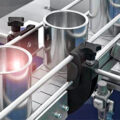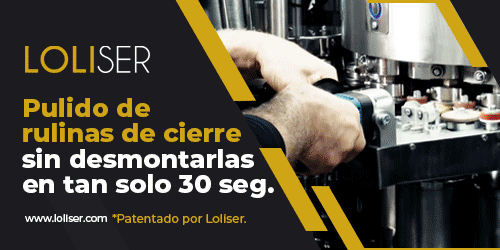Perception vs. reality: A new study by Industrial Physics reveals that less than a quarter of companies currently take an innovative approach to packaging.
A new study by Industrial Physics, the leading provider of packaging and materials testing and measurement, has revealed the degree of innovation in the food and beverage packaging sector, and how it affects internal operations.
Last year, the Industrial Physics report revealed that there is a desire for innovation, with 96% of food and beverage packaging professionals stating that new developments in packaging were important, and 71% believed they were very important. However, this year’s data highlights that, in reality, less than a quarter (24%) of organizations are currently adopting an innovative approach.
The international survey of packaging professionals operating in the food and beverage packaging sector revealed that more than 1 in 5 (22%) packaging professionals said their company does not usually follow up on innovative ideas they come up with, and half of the respondents (49%) said there are too many teams involved in the innovation process, which slows them down.
The report also revealed that 35% of packaging professionals using organic material stated that they did not feel they had adequate knowledge to facilitate growth and innovation in their company.
As Steve Davis, Global Director of Product Management at Industrial Physics, explains in the report, innovation capacity is limited, despite the desire to innovate: “In general, the mechanisms, capacity and direction are not yet there. Packaging companies are aware of the significant resources and investment required for most innovation opportunities, so the decision to move forward is neither quick nor easy.”
When respondents were asked how their company had fared in the past five years, nearly half (47%) said their company had had to make layoffs. This percentage is higher among U.S. respondents (58%), compared to an average of 44% in Europe and 45% in Asia. The proportion of layoffs varies according to the type of material, the highest being that of those working with paper (62%).
Davis adds: “Many companies in the packaging industry have been in business for decades and currently lack the capacity to develop innovative ideas while maintaining their regular production, which already meets a constant demand. We find that companies that want to innovate are running into internal barriers. In a period when budgets are extremely tight and layoffs are occurring, unless a company can guarantee a return on investment, there is simply not sufficient justification for allocating resources to innovation.”
“With 41% saying their company is planning to adopt an innovative approach in the next three years, companies should start planning ahead and assessing their internal operations to make careful and thoughtful decisions about how they will pursue innovation, as these changes cannot be made overnight.”
To learn more about food and beverage packaging innovation and the internal environment, download the free Industrial Physics report here. To learn more about the factors influencing innovative approaches to food and beverage packaging, check out the next report in the Industrial Physics research series, due out later this year.











